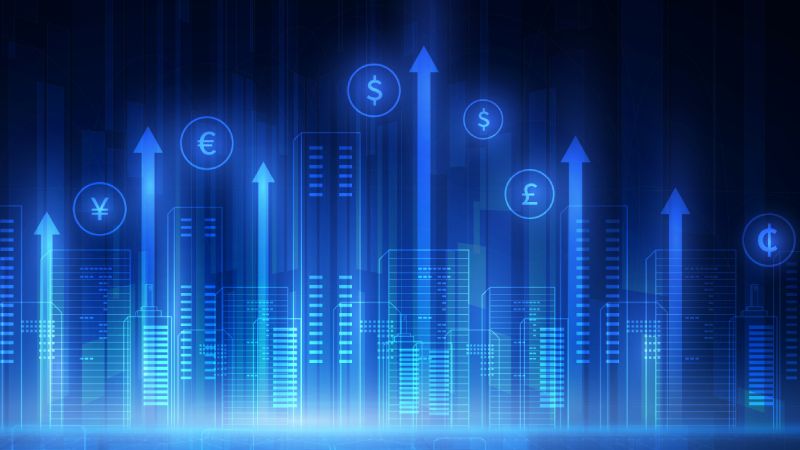
Things to Know Before U.S. Inflation Data
The consumer expectations (SCE) survey released by the NY FED for July points to a decline in U.S. inflation expectations to be released in August.
The details of the change in consumer expectations are as follows;
- There is a decline in expectations that gas and food prices, which are among the most effective items in high inflation, will increase throughout the year.
- Expectations of a rise in housing prices are falling. (The expected median change in house prices after 1 year is the 3rd consecutive year. The moon continued to fall as well. In November 2020, the lowest was 4.4%, while now the forecast is 3.5%)
- While personal consumption expenditures are falling, expectations of household income growth are rising
- 1- and 3-year median inflation expectations fell to 6.2% and 3.2% in July from 6.8% and 3.6%, respectively, in June.
- Expectations for gas and food price changes decreased by 4.2 points (1.5%) for gas and 2.5 points (6.7%) for food.
- The median expectation for labour market-related earnings growth was unchanged (3.0%)
- Average unemployment expectations, or expectations that the U.S. unemployment rate will increase 1 year from now, decreased by 0.2 percentage points to 40.22%.
- While the perception of individuals losing their job in the next 1 year decreased from an average of 11.9% to 11.8% (in February 2020, it was 13.8% before the pandemic), the probability of voluntarily leaving the job (voluntary unemployment) in the next 1 year increased from 18.62% in June to 19.52%. The perceived probability of finding a job in the next 3 months (if the current job is lost) dropped from 56.8% to 55.9%. (Below the last 12-month average of 56.5%)
- Median expected growth in household income rose 0.2 percentage points in July to a new series of 3.4%.
- Nominal household spending growth expectations fell 1.5 percentage points in July to 6.9%, well below the 9.0% range in May, but remain above the last 12-month average of 6.4%.
- Compared to 1 year ago, perceptions of access to credit deteriorated and continued to deteriorate in July.
- The perceived average probability that U.S. stock prices will be higher 12 months from now rose from 33.8% to 34.3%.
Summarize; Following both the decline in commodity (especially oil and gas) prices and the Fed’s interest rate hikes, inflation expectations began to fall. The market expectation is currently that there will be a 0.75 point interest rate increase in September. If today’s data points to a decline in inflation and is better than expected, we may see an increase in demand for risky assets with the expectation that the Fed may reduce the tightening later in the year. The inflation data, which did not decline despite the retreat in commodity prices and interest rate increases, may cause selling pressure in risky assets to come to the fore with the expectation that the Fed may become more aggressive.